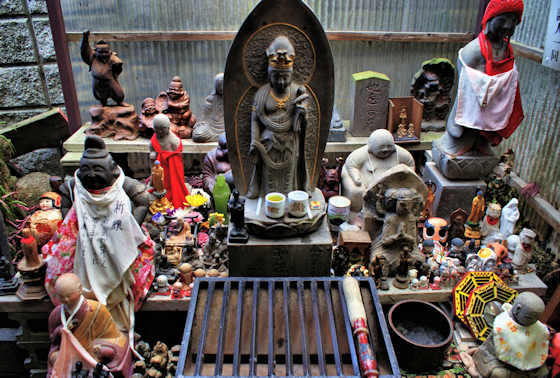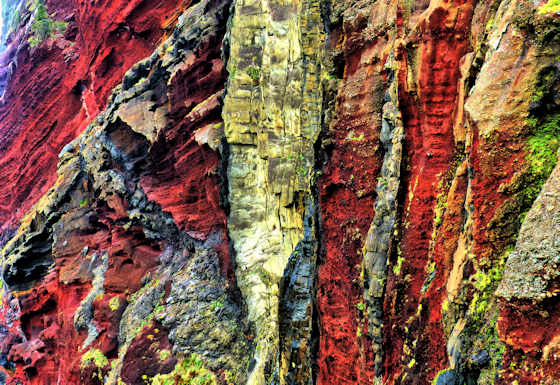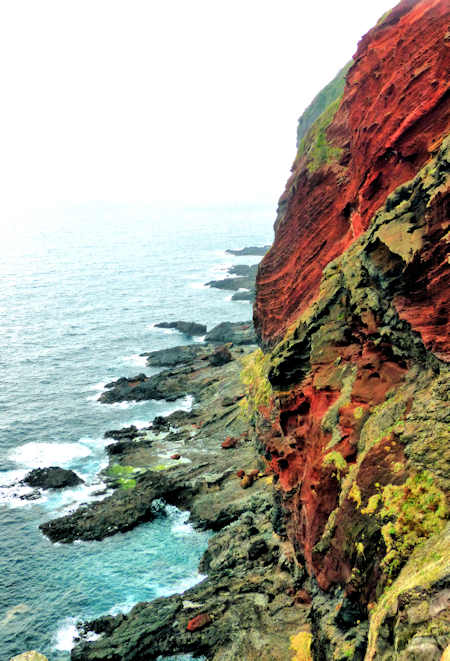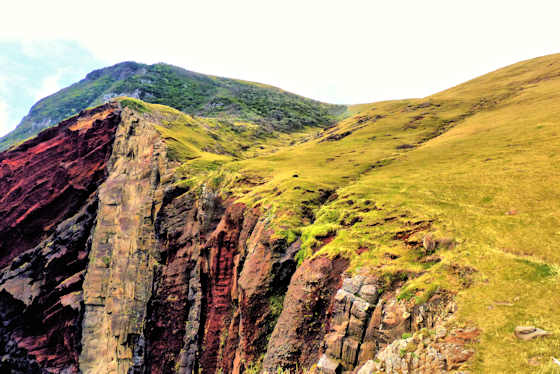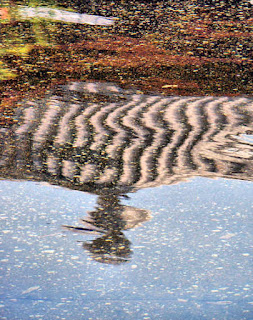Wednesday, December 28, 2022
Nanagi Jizoson
Monday, December 26, 2022
Sunrise wallk to Dainichi-ji Temple 94 Kyushu Pilgrimage
Sunday January 5th 2014. Day 56 of my walk around Kyushu on the Kyushu Pilgrimage. This will be the last day where I base myself in Kurume, an interesting town that I had never heard of before coming here but which has been my home away from home as I have explored the region.
As I am walking across the bridge to Nagatoishi on the north side of the river the sun comes up behind me.
I find the first temple, Dainichi-ji, easily enough and it is yet another structure indistinguishable from a house. The ground floor is two open car parking spaces, the second containing some statues and the entrance to the stairs that I presume lead up to the “main hall”.
Saturday, December 24, 2022
Red Cliff Sekiheki
Red Cliff Sekiheki
Thursday, December 22, 2022
Wakayama Castle
Wakayama Castle
Though not as well known as many, Wakayama Castle was considered very important by the Tokugawa Shogunate and in the early twentieth century was classified in the top three hilltop castles of japan
Monday, December 19, 2022
Disappeared Japan Yukaen Chinese Garden
Yukaen was a Chinese-style garden in Hiroshima.
Saturday, December 17, 2022
Zenkakuji Temple


